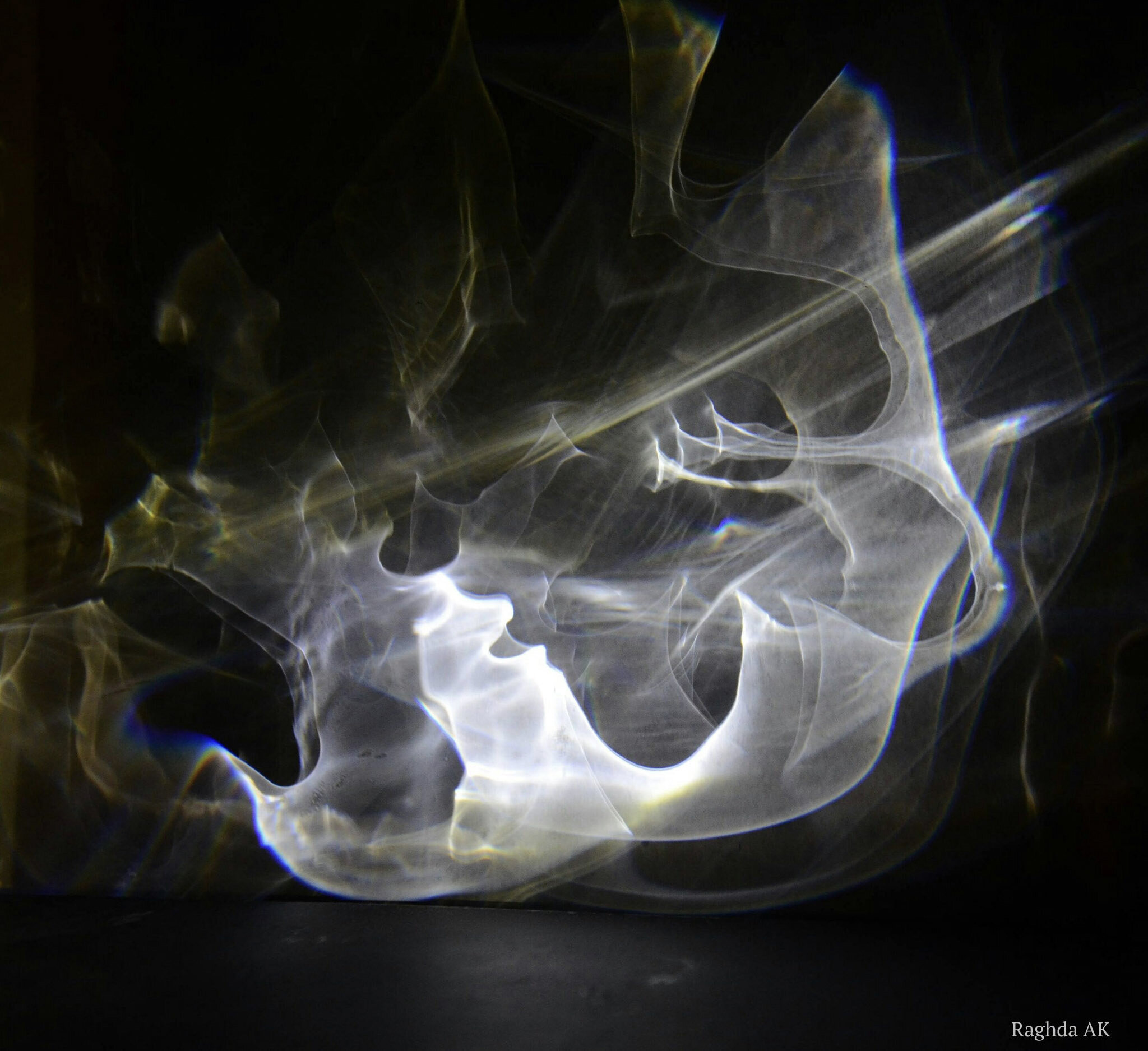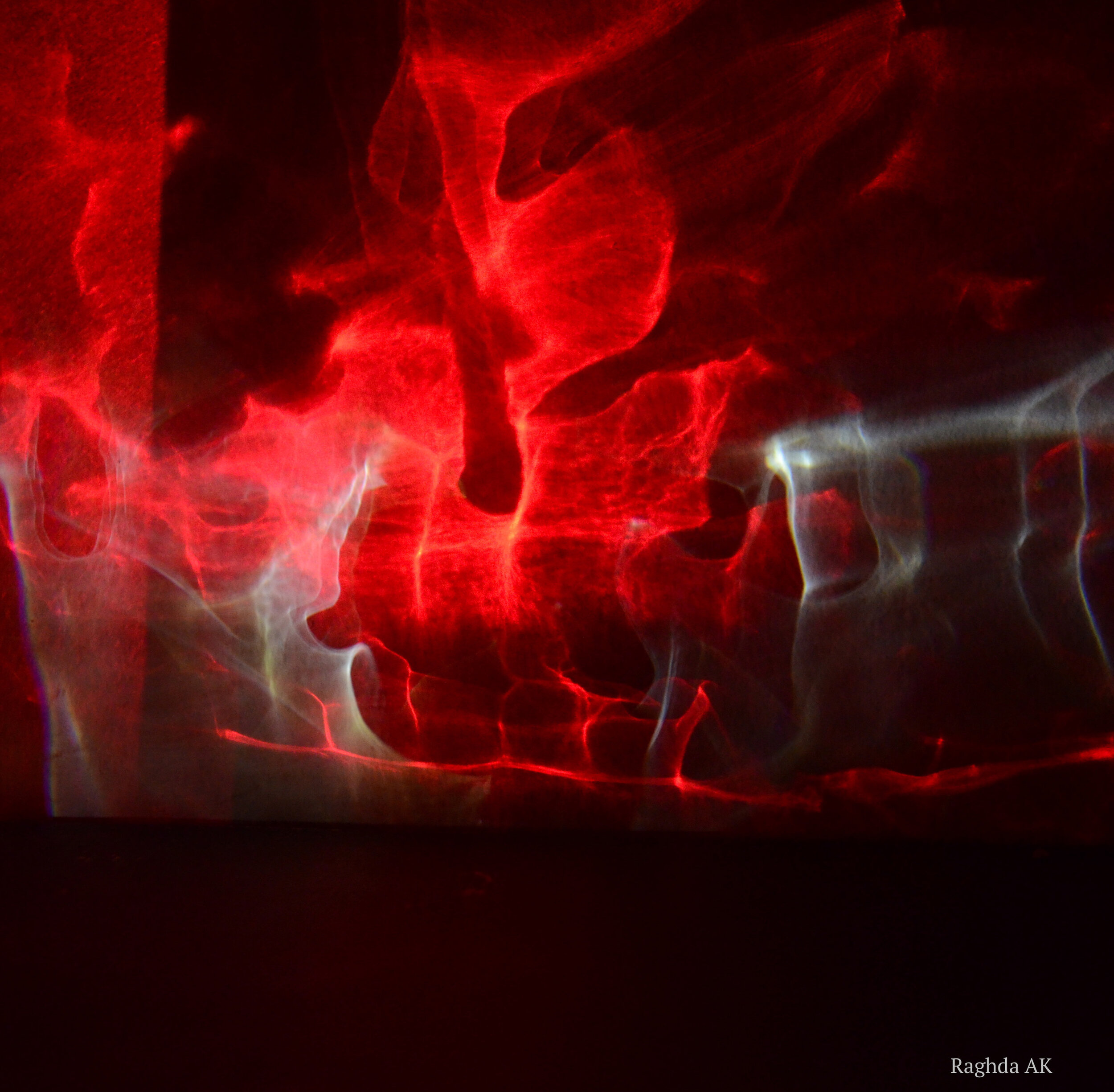Raghda Abdel Khaleq
Art and science might seem to be odd bedfellows, but that is not the case for Australian National University graduate student Raghda Abdel Khaleq. Describing herself as an artistic physicist, Raghda combines her creativity with her scientific knowledge to produce science-inspired art.
In Raghda’s Painting with Light photography series, she has created beautiful, vivid pieces using her knowledge and understanding of physics to take pictures of the effects of refracted light projected onto a dark wall.
As a member of the ARC Centre of Excellence for Dark Matter Particle Physics, she will share her passion for art and physics when she provides secondary school students with the opportunity to try their hands at creating their own science-inspired artworks through the Centre’s Outreach program.
Raghda’s own interest in art was ignited as a child, while it was only later that she developed a passion for physics.
“My mother loved to paint and draw and my sisters and I also liked to draw. In high school, I had a teacher that was really encouraging and allowed me to stay inside at lunchtime and recess to work on my art.
“Then in years 9 and 10 we had a Physics unit and I really started enjoying science. I was a bit of a late bloomer, but again, I remember having a really supportive teacher who answered all my questions.”
Raghda has just begun her PhD at the Australian National University after completing a dual degree of B Advanced Science (Honours)/B Fine Arts at the University of New South Wales, where she majored in physics and painting.
It was at university that she started experimenting by combining her art with science, creating science-inspired pieces.
“We would be given an art assignment on Futures, and I thought, ‘Why don’t I think about the future of the universe?’ and it just developed in that way.”
Raghda says that while the arts community has embraced her interest in science, it has not always been the case.
“Historically, artists were quite reluctant to incorporate science into art, but that has really changed and the way that the two can interact is really starting to be appreciated.”
She says it is important for school students to see the interdisciplinary practices at play, and she was looking forward to sharing her passions with the artists and scientists of the future.
“These activities bring creativity and experimentation to science education and I hope that my art will stimulate their curiosity and lead to discussions about the science that inspired it. If I can also encourage women – or any students – to consider careers in STEM, that would also be a good thing.”
In the future, Raghda would like to continue to pursue her interest in physics and art, although she is not yet sure how that will look.
“I don’t know if it’s realistic to be a professional physicist and be able to say what I would like to say through my artwork, but it would be really nice to do both,” she said.
Raghda Abdel Khaleq



